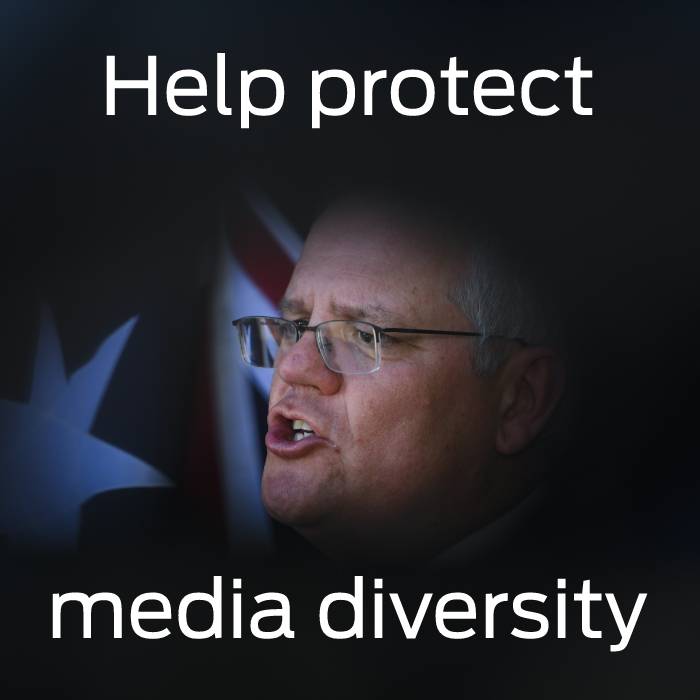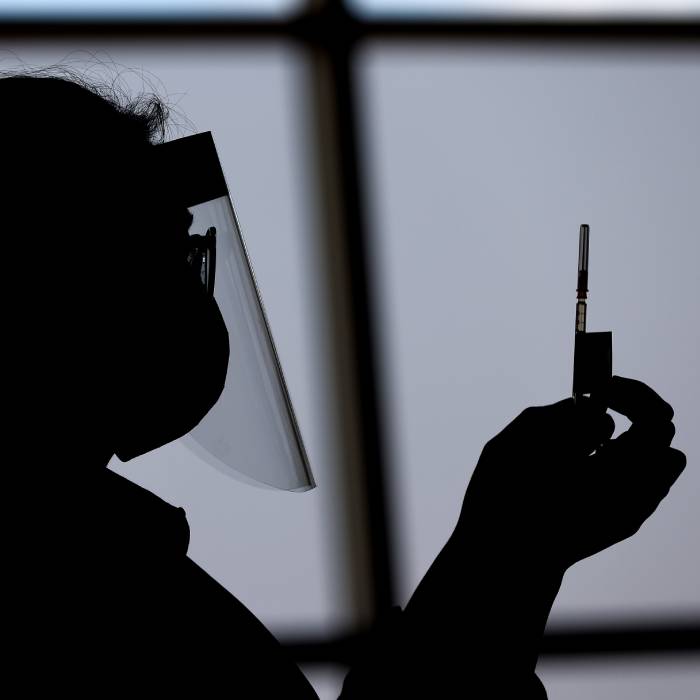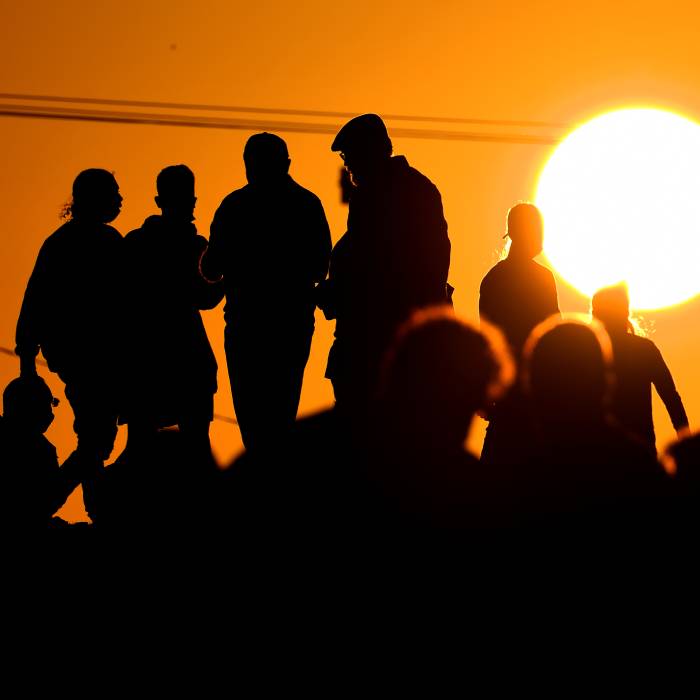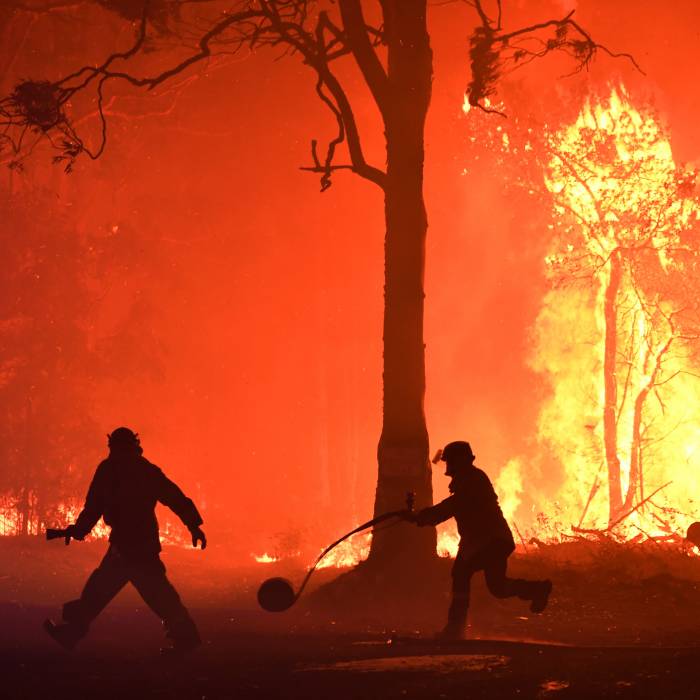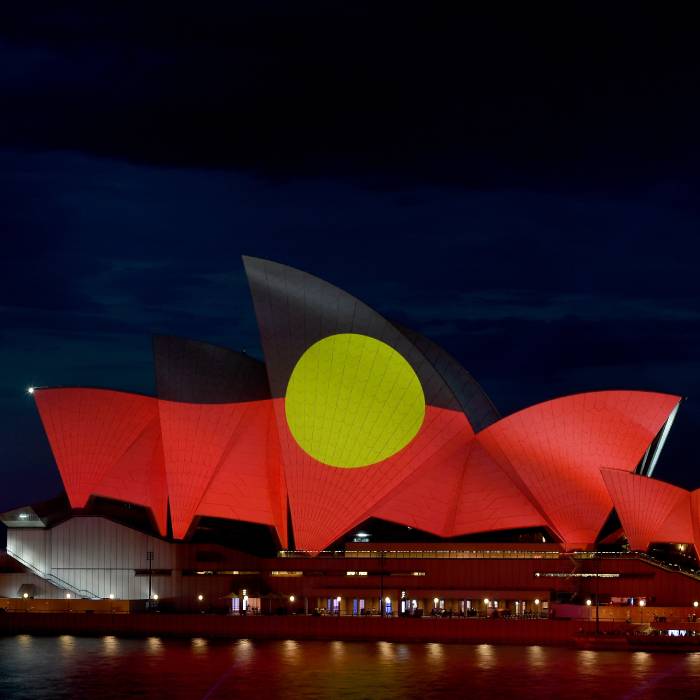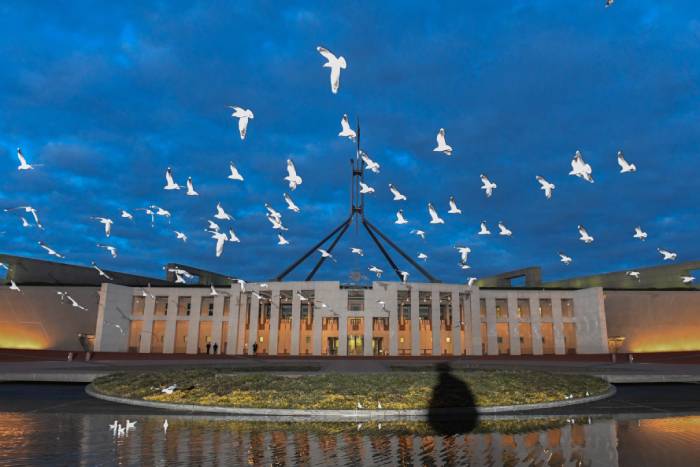Motorists are being urged to shop around for cheaper fuel prices amid calls for an investigation to protect consumers rattled by rising costs at the bowser.
Australia’s three most populous cities are among the most expensive for fuel, with Brisbane, Sydney and Melbourne trailing only the nation’s capital in analysis from motoring association NRMA.
It has prompted a call for the Australian Competition and Consumer Commission to add petrol price cycles to its list of recent cost-of-living-related inquiries into supermarket pricing and aviation fares.
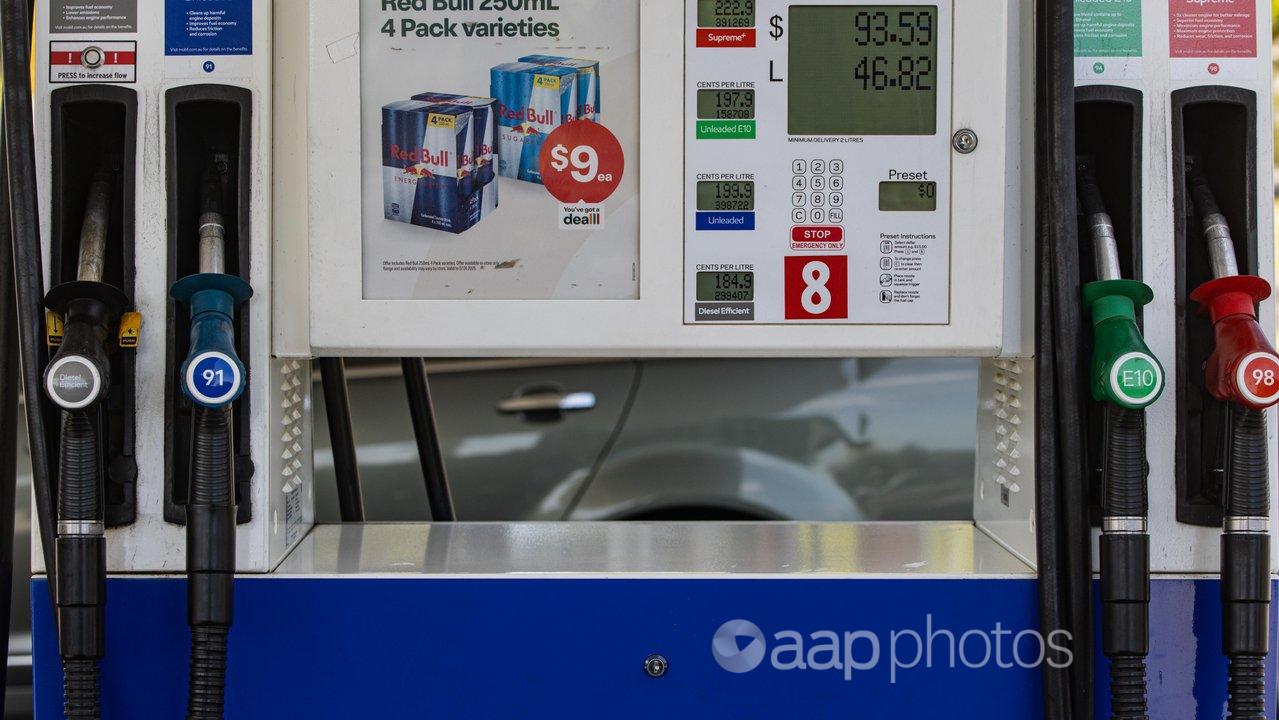
The Royal Automobile Association of South Australia has urged drivers to shop around for fuel.
“We’re seeing an unusually long peak of our fuel cycle which isn’t leaving motorists with many options to find cheaper fuel,” RAA fuel expert Mark Borlace said.
“As many families get ready to head off or return from their holidays, shopping around for the cheapest fuel could save them a considerable amount of money.”
Canberra motorists paid an average of 196.3 cents per litre for regular unleaded petrol in 2024.
But millions more people living in Brisbane did not fare much better, with an average price of 195c per litre making it the second most expensive.
Perth remained the cheapest of the capitals for the second year in a row, with motorists there paying an average of 181.4c per litre.
In the rest of the nation, petrol was on average close to 15c more expensive, adding about $426 to the yearly bowser bill for an average family, according to the NRMA’s analysis.
Part of the reason was longer price cycles, with prices steadily decreasing for a period before sharply rising.
NRMA spokesman Peter Khoury said prices staying higher for longer does not pass the pub test.
“There is no justifiable reason for our biggest cities to be among the most expensive,” he said.
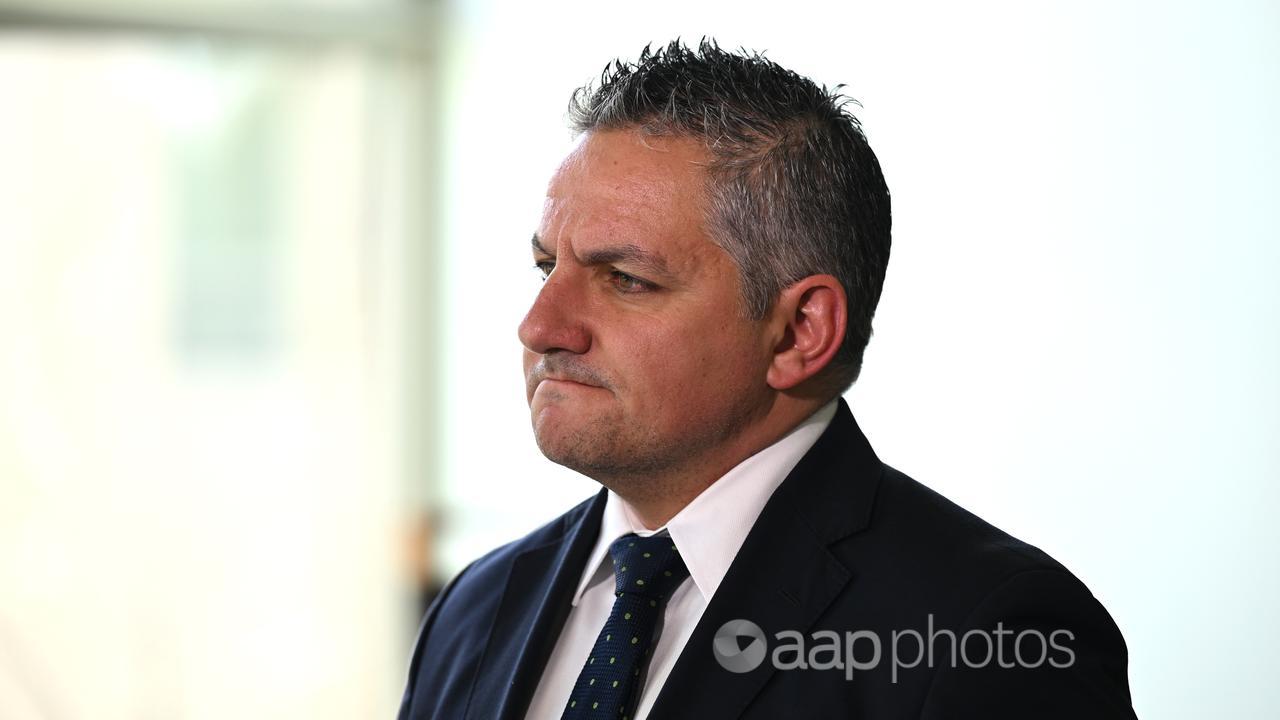
The NRMA has called for an immediate investigation into the impact price cycles have in Brisbane, Sydney and Melbourne, which have some of the highest prices despite theoretically having the most competition.
“Artificially inflated prices don’t just hurt families, they also have a negative impact on the Australian economy at a time when cost-of-living pressures and inflation sit at the top of concerns for Australia’s policymakers and families alike,” Mr Khoury said.
The ACCC monitors fuel prices, which are largely influenced by global factors including the international price of crude oil, and the exchange rate compared to the US dollar.
But price cycles are a result of retailers’ pricing policies, which do not occur in Canberra, Hobart and Darwin, or affect diesel, according to the consumer watchdog.
Prices in the regions are generally more expensive, but more stable, with fewer fluctuations than capital cities, driven by lower competition and higher transport costs.

The ACCC does not set or control fuel prices or regulate the industry.
The average price cycle in 2023 was about six weeks in Sydney and Melbourne, seven weeks in Brisbane and about two weeks in Adelaide.
But the NRMA analysis reports longer price cycles in 2024, up to eight weeks in some parts.
2024 AVERAGE PRICE PER LITRE FOR REGULAR UNLEADED PETROL
* Canberra: 196.3c
* Brisbane: 195c
* Sydney: 191.1c
* Melbourne: 190.3c
* Hobart: 188.6c
* Adelaide: 182.6c
* Darwin: 182.5c
* Perth: 181.4c
Source: NRMA





